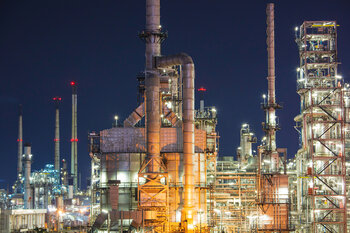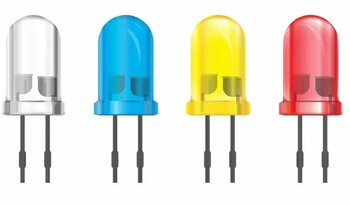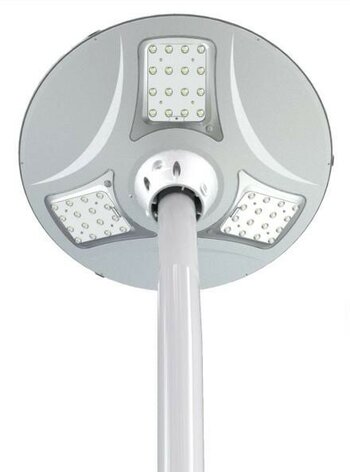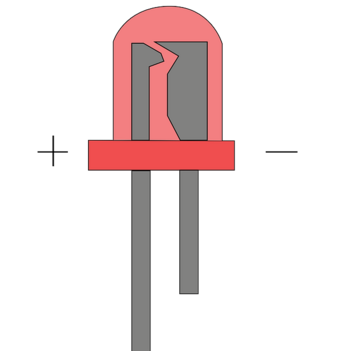


ATEX Highbay Lighting: Essential for Safety in Explosive Environments In industries where explosion hazards exist, such as oil and gas refineries, petrochemical plants, drilling rigs and mines, reliable lighting is essential. These environments require not only powerful lighting, but also products that meet strict safety standards. One of the most common lighting applications in these environments is ATEX highbay lighting. But what makes ATEX highbay lighting so important and why is it the best choice for hazardous areas? What is ATEX Highbay Lighting? ATEX is a European standard that states that lighting and other electrical equipment must be safe for use in explosive environments. The term “ATEX” comes from the French “ATmosphères EXplosibles” and refers to the guidelines established for the...







